I have a segmentation project. I have images and labels, which holds ground truth for the segmentation. The images are large, and contains a lot of "empty" areas. I want to cut patches from image and label, so that the patch will have non-zero labeling in it.
I need it to be efficient as possible.
I wrote the following code, but its very slow. any improvement will be highly appreciated.
import numpy as np
import matplotlib.pyplot as plt
img = np.random.rand(300,200,3)
img[240:250,120:200]=0
mask = np.zeros((300,200))
mask[220:260,120:300]=0.7
mask[250:270,140:170]=0.3
f, axarr = plt.subplots(1,2, figsize = (10, 5))
axarr[0].imshow(img)
axarr[1].imshow(mask)[![enter image description here][1]][1]
plt.show()
My inefficient code:
IM_SIZE = 60 # Patch size
x_min, y_min = 0,0
x_max = img.shape[0] - IM_SIZE
y_max = img.shape[1] - IM_SIZE
xd, yd, x, y = 0,0,0,0
if (mask.max() > 0):
xd, yd = np.where(mask>0)
x_min = xd.min()
y_min = yd.min()
x_max = min(xd.max()- IM_SIZE-1, img.shape[0] - IM_SIZE-1)
y_max = min(yd.max()- IM_SIZE-1, img.shape[1] - IM_SIZE-1)
if (y_min >= y_max):
y = y_max
if (y + IM_SIZE >= img.shape[1] ):
print('Error')
else:
y = np.random.randint(y_min,y_max)
if (x_min>=x_max):
x = x_max
if (x+IM_SIZE >= img.shape[0] ):
print('Error')
else:
x = np.random.randint(x_min,x_max )
print(x,y)
img = img[x:x+IM_SIZE, y:y+IM_SIZE,:]
mask = mask[x:x+IM_SIZE, y:y+IM_SIZE]
f, axarr = plt.subplots(1,2, figsize = (10, 5))
axarr[0].imshow(img)
axarr[1].imshow(mask)
plt.show()


